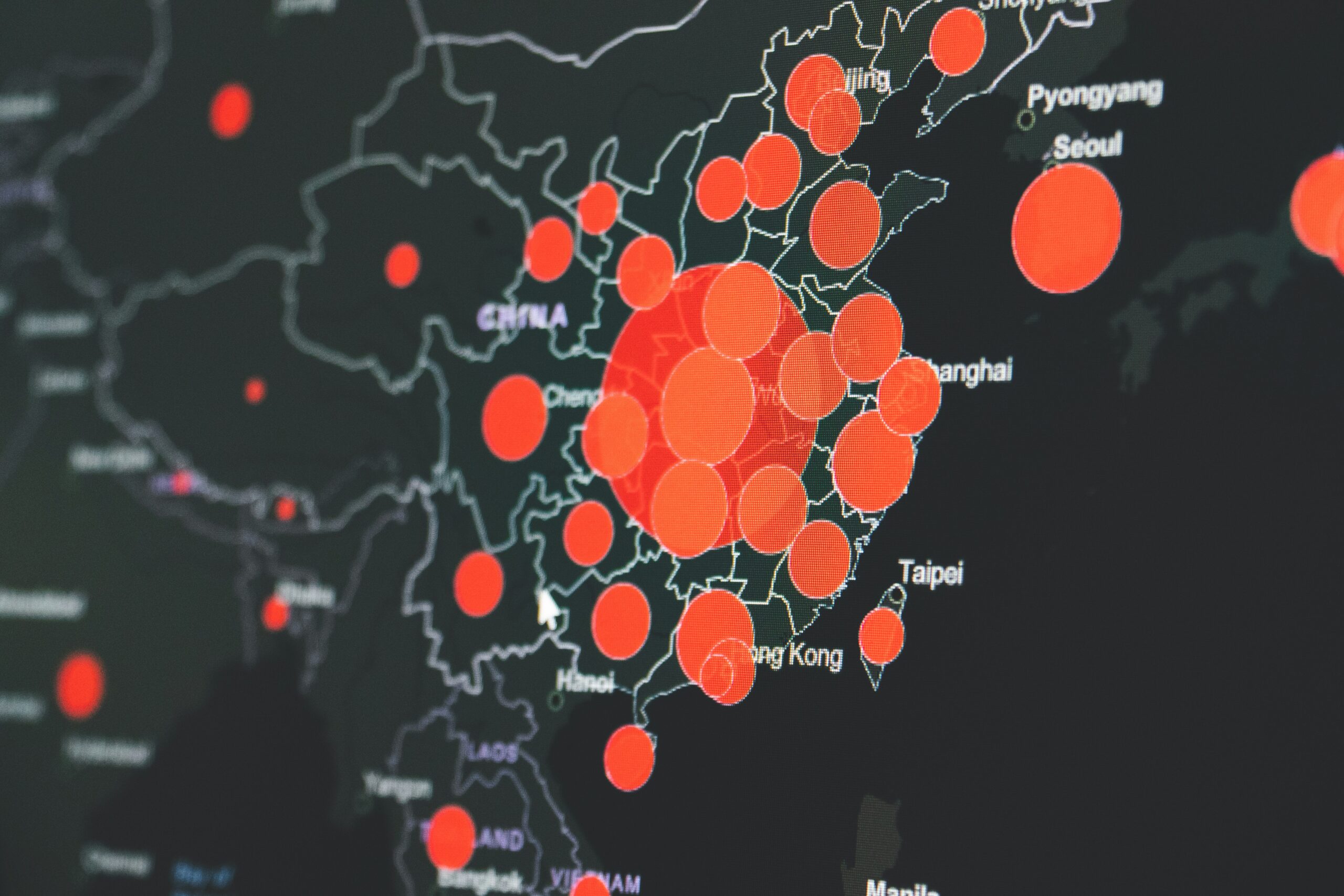The US-China trade relationship has seen considerable fluctuations in recent years, with tariffs, trade wars, and geopolitical tensions creating a level of uncertainty that many businesses are still grappling with. For companies that have relied on Chinese suppliers, especially for components or products with high manufacturing costs, this presents a difficult dilemma: should you continue sourcing from China, or should you begin exploring alternatives?
While it’s tempting to abruptly sever ties and find new sources of supply, it’s crucial to understand that navigating this uncertainty doesn’t mean abandoning your Chinese suppliers overnight. In fact, it may be in your best interest to maintain and manage these relationships carefully, rather than making sudden decisions that could harm your business in the long run.
Here’s how you can effectively manage your relationships with Chinese suppliers during this period of trade uncertainty, and ensure that you’re not losing valuable partners while exploring alternatives.
1. Don’t Rush to Cut Ties—Evaluate Your Full Supply Chain Needs
Before making any drastic moves, take a step back and evaluate your supply chain strategy. While the US tariffs on Chinese goods are high, they don’t necessarily mean that every product or component is unfeasible to source from China. The key is to conduct a cost-benefit analysis.
- Evaluate Tariff Impact: Not all products are equally impacted by tariffs. Certain components might still be cost-effective to source from China, even with tariffs, while others may be better suited for sourcing from other regions. Take a close look at your product mix and determine where China still offers a competitive advantage.
- Cost of Switching: Changing suppliers—especially if it involves finding new factories in other regions—can be costly and time-consuming. Consider the hidden costs, such as quality control issues, longer lead times, and potential logistical challenges that may arise when shifting your supply chain.
2. Engage in Open and Transparent Communication
One of the most important things you can do during uncertain times is to maintain open, transparent communication with your Chinese suppliers. They are facing the same uncertainty, and they may be just as eager to find solutions that work for both parties.
- Discuss Tariff Strategies: Let your suppliers know how the tariffs are impacting your costs and business operations. Openly discussing the issue can help your supplier find ways to work with you on minimizing these impacts—whether through price adjustments, better payment terms, or other concessions.
- Collaborative Problem-Solving: Work with your Chinese suppliers to find creative solutions. For example, if tariffs on certain components are too high, your supplier might be able to source some parts from alternative locations or offer different configurations to lower the overall cost.
3. Strengthen Long-Term Partnerships Through Trust
The key to managing your relationship during this time of uncertainty is trust. Maintaining strong, mutually beneficial partnerships with your Chinese suppliers will be vital for navigating any changes that may arise, from tariffs to unforeseen disruptions.
- Invest in the Relationship: Rather than viewing your supplier as just a transactional partner, consider the long-term value of the relationship. Build deeper ties by visiting your suppliers, engaging in joint development projects, or offering them a more stable order forecast in exchange for better pricing or flexibility during uncertain times.
- Be Honest About Your Future Plans: If you’re considering shifting parts of your sourcing to other countries, be open with your supplier about this. They will appreciate the honesty and may be willing to work with you on new solutions to stay competitive, whether it’s adjusting production methods or offering you preferential treatment on pricing.
4. Consider Dual Sourcing to Mitigate Risks
Instead of making a decisive move away from China, consider adopting a dual-sourcing strategy. This means maintaining your relationship with Chinese suppliers for certain products or components while exploring other sourcing options in parallel.
- Dual Sourcing Strategy: Having multiple suppliers, whether in China or other regions, can help you mitigate risks. By diversifying your supply chain, you can buffer your business against any sudden changes in tariff policies or trade relations.
- Keep Your Chinese Supplier in the Loop: If you are expanding sourcing to other regions, keep your Chinese suppliers informed about your strategy. Maintaining a clear line of communication ensures that you aren’t suddenly blindsiding your supplier with unexpected moves. They may even offer solutions or new avenues that make your sourcing from China more competitive again.
5. Leverage Technology for Better Visibility and Control
In today’s fast-paced environment, technology is a powerful tool that can help you stay on top of shifting supply chain dynamics, especially with the volatility created by tariffs.
- Implement Supply Chain Visibility Tools: Invest in technologies that give you a clearer picture of your entire supply chain. Tools like ERP systems, supplier portals, and project management software can help you track costs, timelines, and potential disruptions in real time.
- Monitor Tariff Changes: Stay updated on any new tariff changes and assess their impact immediately. Technology can help you monitor shifting tariffs in real time, so you can react quickly if costs are increasing or if tariffs are lifted on certain products.
6. Negotiate Fairly and Flexibly
The uncertainty surrounding tariffs doesn’t mean that you should push your Chinese suppliers to the brink in order to squeeze out the lowest prices possible. Instead, aim for fair and flexible negotiations that recognize the challenges both parties are facing.
- Flexibility in Payment Terms: If the tariffs are making things more expensive, try negotiating flexible payment terms, longer lead times, or reduced minimum order quantities. These concessions can help you maintain your relationships while still managing costs effectively.
- Cost-Shared Tariffs: In many cases, Chinese suppliers may be willing to absorb part of the tariff costs to maintain the business relationship. You may be able to negotiate shared responsibility for tariff increases, which could help ease the financial burden on both sides.
Conclusion
As tariffs continue to create uncertainty in US-China trade relations, the temptation may be to drop your Chinese supplier in favor of cheaper or tariff-free options. However, completely severing ties may not be the best decision, especially when considering the long-term cost and complexity of shifting your supply chain entirely.
By maintaining transparent communication, strengthening your long-term relationships, diversifying your sourcing strategy, and negotiating flexibly, you can weather this uncertainty while still benefiting from your Chinese suppliers. The goal should be to find a sustainable path forward, not one built on short-term reactions. Balancing your relationship with China and exploring alternatives can help position your business for resilience in an ever-changing global marketplace.




